In Japan, an itamae, or master sushi chef, is a being of extreme precision, knowledge, discipline, and skill. Not only have they mastered the art of sushi, revered for their dexterous hands and formidable knife skills, but they oversee the complex management of a sushi shop and take care of their customers with courtesy and grace.
Itamae — meaning “in front of the cutting board” — dedicate their life to the art of sushi and play an important role in passing down the tradition, work ethic, and craftsmanship that makes Japan so special. But how does someone earn the honored title of itamae?
Finding a Culinary Sensei
People determined to earn the prestigious title of itamae face a decade-long apprenticeship full of tremendously challenging work. Japan is a perfectionistic culture that holds high esteem for fine craftsmanship. A sushi chef’s journey to culinary enlightenment beautifully illustrates these values.
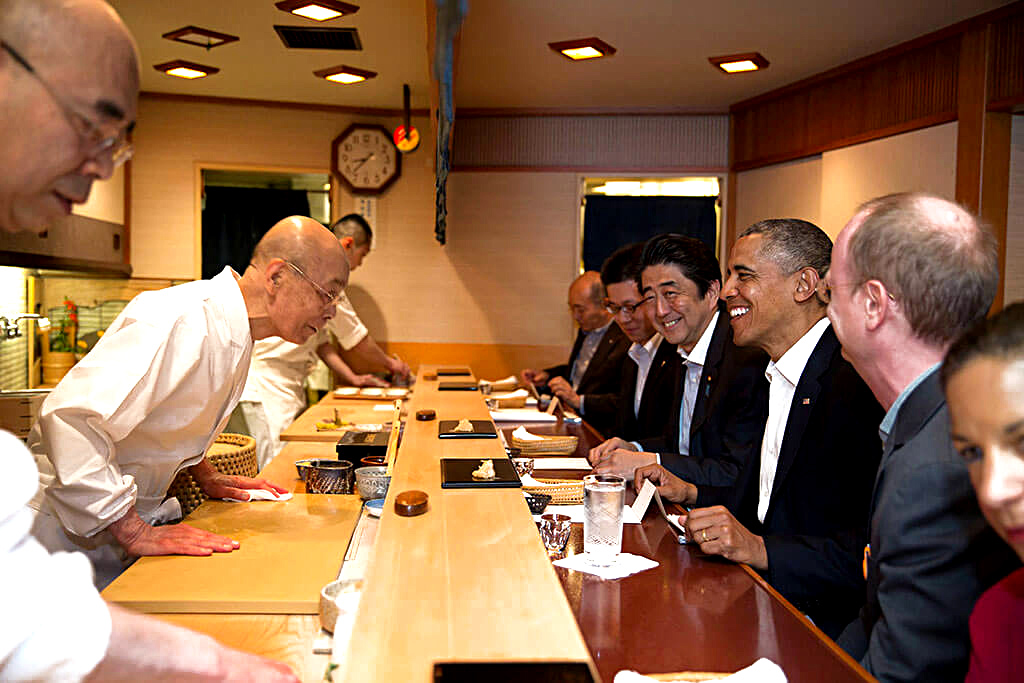
There are several phases of education students must endure to reach the esteemed rank of itamae. First, the aspiring sushi chef needs to find an itamae who agrees to put them to work and guide them during an intensive 10-year period. If the aspiring student is successful at finding a sushi master, they become an apprentice, starting at the very lowest ranks performing supporting tasks. Or in the bathroom, scrubbing.
Stealing the Art of an Accomplished Master
Once an apprentice finds their itamae, the first step down the path of culinary perfection is cleaning duty. The purpose of this stage is to learn the discipline of hard work and prove their devotion. This stage generally lasts for a few months to a year.
During this time, the student will complete daily tasks such as doing the dishes, scrubbing pots, handling fish guts, cleaning the kitchen and front of house, and caring for deliveries. They will not be allowed near the fish for a long time, unless it is to, for instance, massage a dead octopus for 45 minutes.
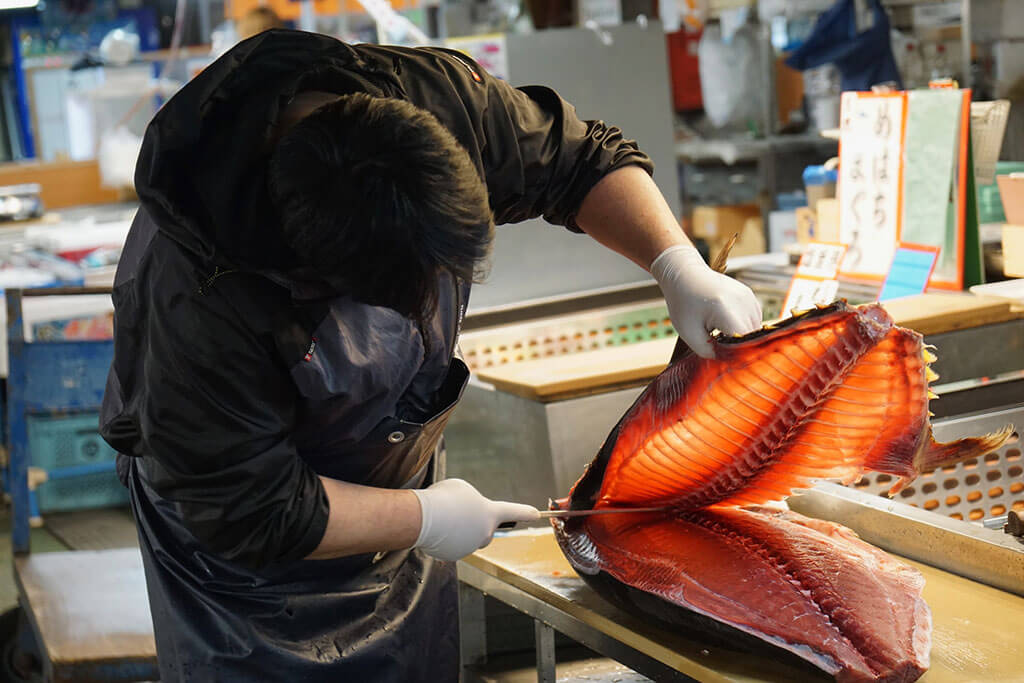
While in cleaning duty, an apprentice also learns how a sushi restaurant operates by watching their master in action. Immersing themselves in the world of their itamae is called minarau, which means “to follow another’s example.” Another term to describe this stage is nusumu no gei, which translates to “stealing the art” by observing an accomplished master.
If an apprentice manages to prove their dedication and show they have what it takes to succeed, while becoming an indispensable member of the team, they will be promoted to rice maker.
Mastering Sushi Rice
The word “sushi” means “sour rice,” which is a nod to the vinegar used while making sushi rice as well as a call back to historical preservation techniques. The translation of “sushi” also illustrates the critical role rice plays in a sushi shop.
There are three deceptively simple ingredients in sushi rice: rice, vinegar, and salt. Yet how these three ingredients are prepared is a closely guarded secret in every sushi kitchen. Rice is a source of great pride for the itamae. Therefore, they moniter the apprentice like a hawk in the beginning. They must precisely master the perfect consistency, flavor, color, temperature, and firmness.
For an apprentice, it is an honor and a privilege to prepare rice as it is the foundation of masterful sushi. After they’ve proven that their technique perfectly meets the sushi shop’s extremely high standards, an apprentice will be allowed to cook the rice without close supervision. This is a huge accomplishment as it takes years of work to reach this level of achievement. At this point, the itamae displays a deep trust for their apprentice and accepts them into the kitchen.
Soon perhaps, they will rise in rank to the level of wakiita. This stage takes years to master because there is an extraordinary amount of information to learn.
Are Chili Peppers Addictive? »
When an Apprentice Receives Their Blade
Wakiita means “near the cutting board.” An apprentice receives their own special knives or “hocho” after rising to the ranks of wakiita.
Hocho comes in a variety of sizes, thickness, and shapes. They are extremely sharp due to the precision necessary to prepare masterful sushi. Most hocho are made from the same metal used to craft samurai katana — high-quality carbon steel. And like the samurai sword, some hocho come with their own sheath. The type of hocho used also depends on experience level. For instance, ebony handles are more expensive, so people will assume the chef who wields that knife is experienced.
Knife-skill training begins slowly because there are no shortcuts — the manual dexterity required of a sushi master is highly complex. At first, an apprentice may perform tasks, for example, grating ginger, and then graduate to slicing green onions and simple fish. The apprentice will also learn how to interact with customers by observing their itamae. And of course, they will learn everything there is to know about the fish they choose to serve.
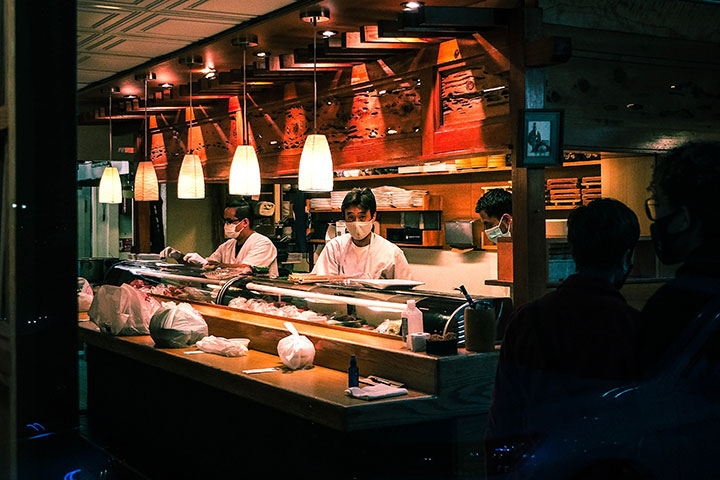
Typically, after 10 years of immersion, the apprentice is ready to become an itamae and even open their own shop. There is, however, one fish that still requires special training and a license to serve: the deliciously dangerous fugu.
Post-Doctorate Pufferfish Studies
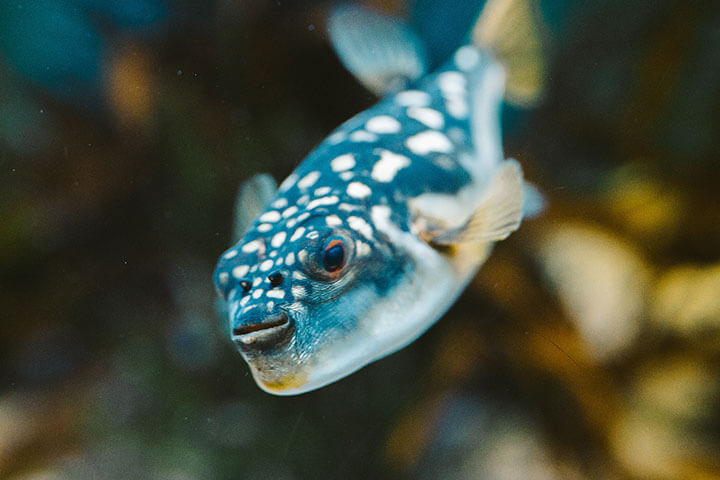
Fugu is a pufferfish that inflates into a ball shape to evade predators. There are over 120 species of pufferfish and most of them are toxic to humans. The poison in their body is called tetrodotoxin, which is significantly more toxic than cyanide.
The higest concentration of poison is in the liver and ovaries. The skin and eyes also contain tetrodotoxin, so there are many ways preparing fugu could go south. Fugu flesh, however, is edible if prepared correctly. Government statistics note that fugu has killed under 30 people in Japan since the year 2000. Most of these deaths were a result of trying to prepare fugu at home.
To earn the license that allows a chef to prepare and serve fugu, the applicant must be at least 20 years old. Local governments dictate the rules and tests that follow. In Tokyo, for instance, a student must apprentice under a licensed fugu chef for two years before taking expert-level written and practical tests. A third of examinees fail.
Inspiration for Chefs Around the World
Dedicating your life to sushi requires intense training and discipline. An itamae’s devotion mirrors every bite of perfection within a sushi shop. Do you have the discipline to become an itamae? Let us know in the comment section!

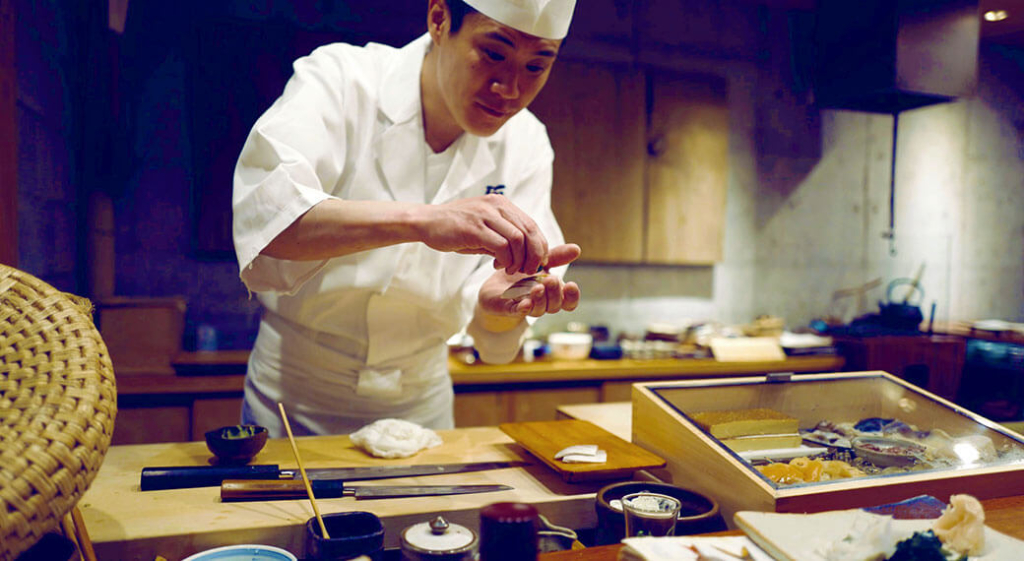

 (@chef_choo)
(@chef_choo)